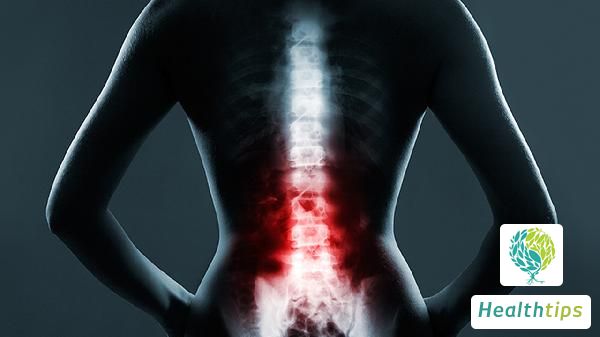Why Does a Birth Control Ring Tend to Move Downwards?
An intrauterine device (IUD) refers to a contraceptive device placed inside the uterus. Its downward displacement may be related to reasons such as inappropriate size, improper placement, heavy menstrual bleeding, and increased abdominal pressure. It is necessary to seek timely treatment at a formal hospital to avoid irritation to the body.

Reasons for Downward Displacement of Intrauterine Device:
1. Inappropriate Size
An intrauterine device can prevent unplanned pregnancies by being placed at the junction of the uterus and cervix, effectively preventing the implantation of fertilized eggs. If the size of the intrauterine device does not match the local area, it may lead to downward displacement or detachment of the device. It is necessary to seek medical attention to replace the intrauterine device with a suitable size to avoid irritation to the local mucosa.
2. Improper Placement
An intrauterine device should be placed at the bottom of the uterus. If the device is placed in an improper position, it may fall off to the bottom of the uterus. It is necessary to visit a formal hospital for treatment and have a professional doctor perform the procedure to avoid improper placement of the intrauterine device.
3. Heavy Menstrual Bleeding
If menstrual bleeding is heavy, it may cause impact on the intrauterine device during the discharge of menstrual blood. Over time, the position of the intrauterine device may change. If it induces gynecological inflammation, it is necessary to follow the doctor's instructions to take medications such as amoxicillin capsules, azithromycin tablets, and minocycline hydrochloride capsules to improve the symptoms.
4. Increased Abdominal Pressure
After placement of an intrauterine device, increased abdominal pressure during physical activities may stimulate the device and change its position. It is also necessary to rest in bed and avoid intense physical activities frequently. In addition, changes in the material of the intrauterine device or abnormalities in the uterus may also contribute to its downward displacement. It is necessary to replace the intrauterine device promptly to alleviate the issue, and in some cases, it may be necessary to remove the device. It is advisable to take protective measures during sexual activities to avoid unplanned pregnancies.



















